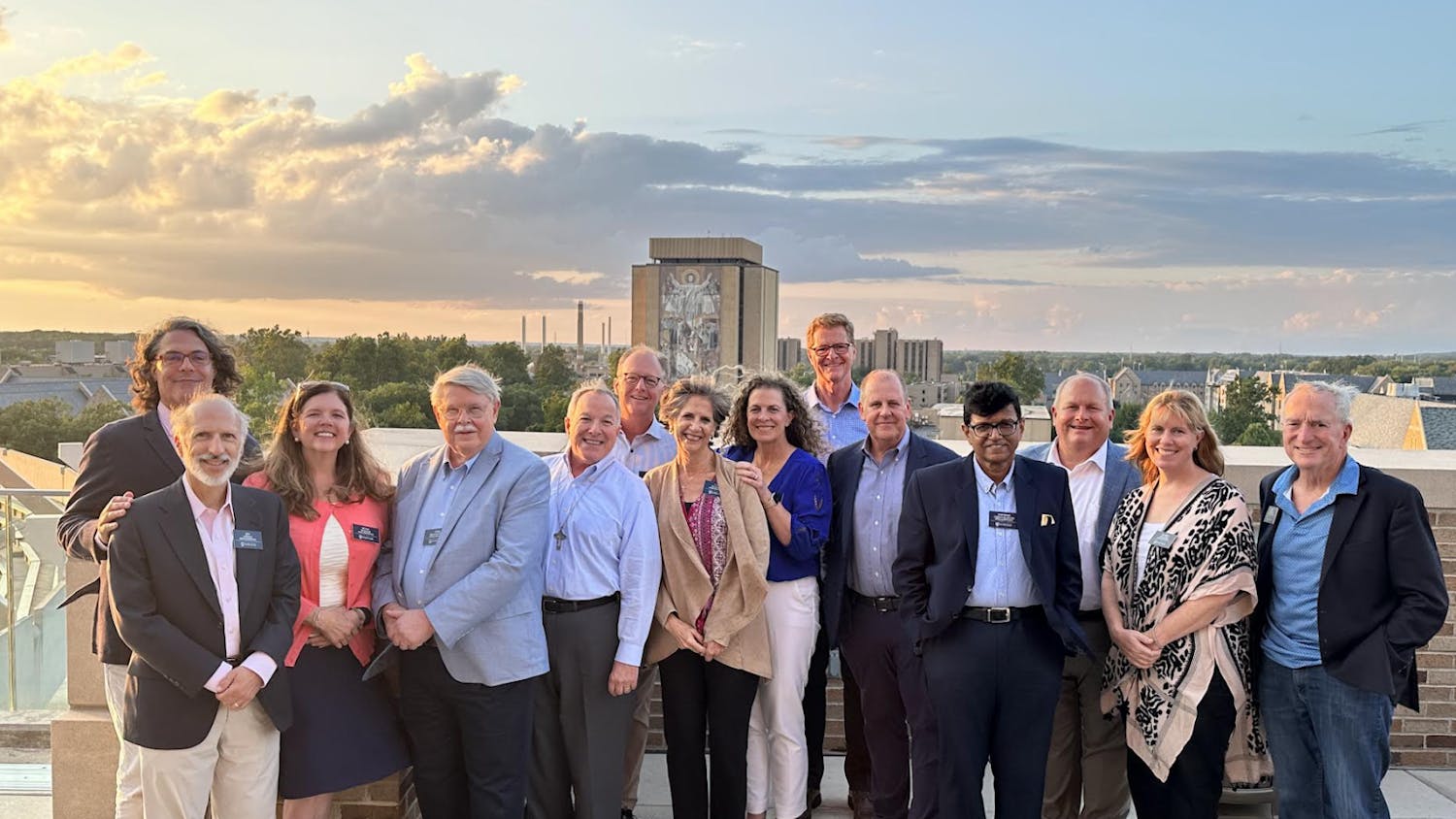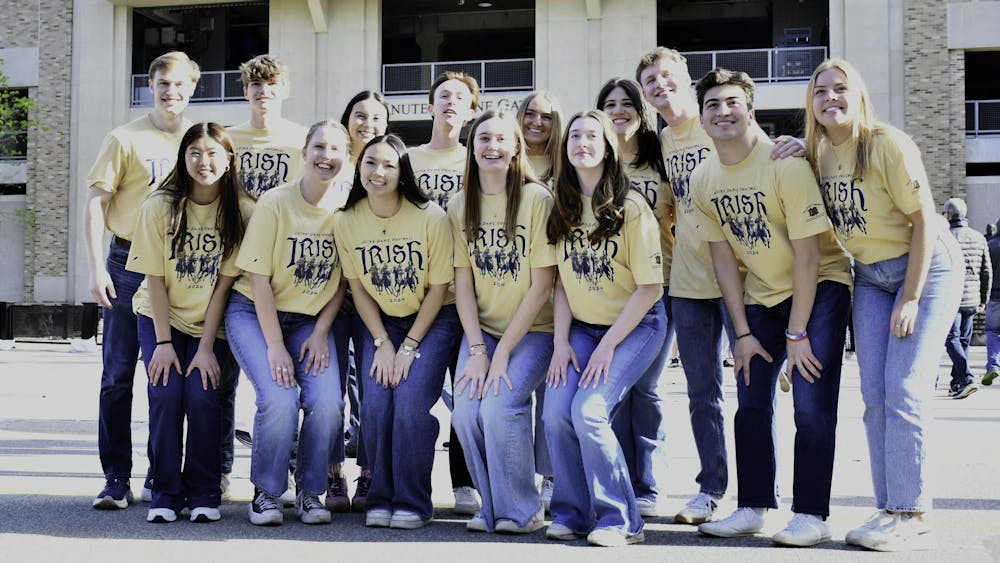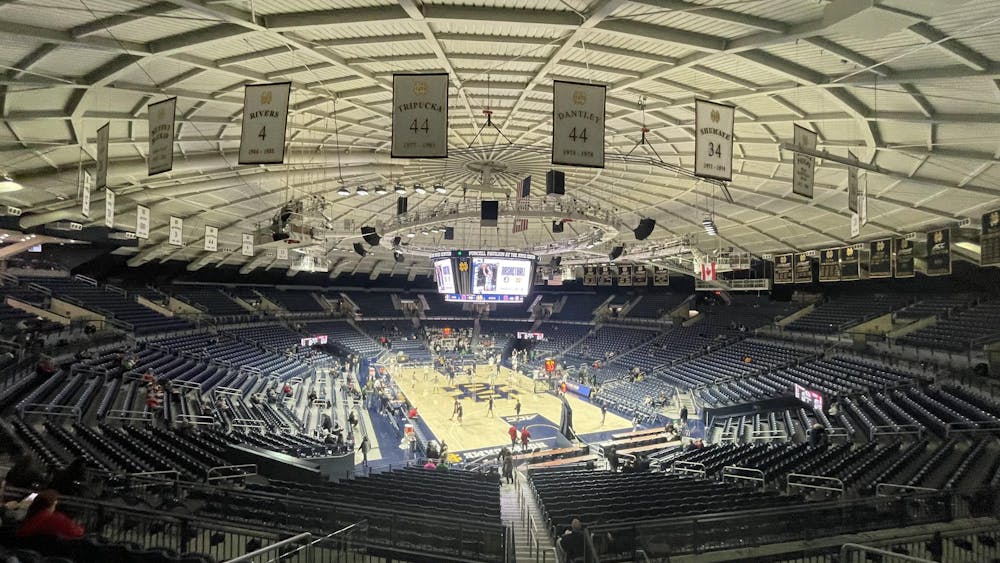The worlds of science and art are headed on a collision course, and master forgers are forewarned: Science will catch them red-handed.
Notre Dame's nuclear astrophysicist professors Michael C.F. Wiescher and Philippe Collon are using proton-induced x-ray emission (PIXE) and Accelerator Mass Spectroscopy (AMS) to analyze various artifacts without destroying any parts of the samples.

The application of such methods involves dating artwork, determining prior locations of artifacts and identifying pigments through particulate analysis. In so doing, art forgeries are more easily identified and more information about the artifacts is gained, according to Wiescher and Collon's January article "Accelerated ion beams in art forensics" in the academic magazine Physics Today.
This new approach is unique in that it comes from the area of physics. Collon said using AMS is akin to pouring a bottle of wine into Lake Michigan and trying to examine the wine particles, saying the process allows researchers to specifically examine from the backgrounds that interfere in the separations. He said the main focus is to look at a few trace atoms in a large matrix.
Collon said he enjoys his focus using the AMS program.
"I have a love for astrophysics and nuclear physics," he said. "I love applying AMS to those areas."
Collon said the accelerators used at Notre Dame are similar to the ones in European art museums, save for the fact that the ones overseas work specifically on art works, forgeries and archeology. He said the majority of research conducted at Notre Dame is related to nuclear astrophysics.
Collon added that although the work in the nuclear labs at Notre Dame remains focused on research and experimentation, the professors are now using applied physics in connection to other studies such as art, archeology and anthropology.

"It really is a sort of melding of these different areas," he said.
Collon said he and Wiescher are continuously developing these applied physics programs. He said the specific focus on art and archaeology took place more recently in the past four to five years.
"This is a program that we're developing. It's something that is growing, that is taking on more and more importance," Collon said. "It's a sort of parallel to our main activity, which is basic nuclear physics."
Additionally, current undergraduate research focuses on AMS in connection with carbon-14 dating, Collon said. These students are given the opportunity to work with these techniques, most often using the 11 million volt tandem accelerator.
Collon said no commercial plans exist for AMS technology. Although the campus science buildings belong to Notre Dame, the National Science Foundation (NSF) pays for the labs. At this time, the NSF would like the lab activity at Notre Dame to continue with its basic research.
He said the NSF recognizes the goal of these particular research labs to serve the science community in the widespread study of physics, not just one area alone.












